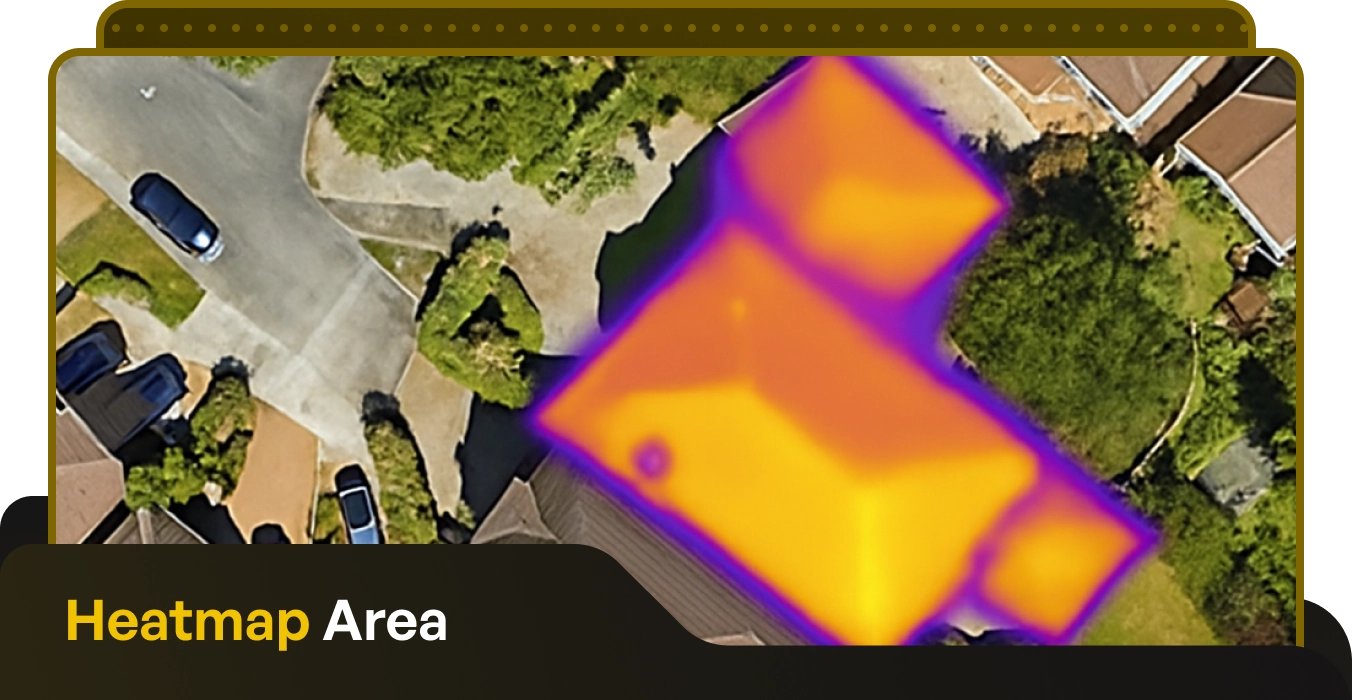Solar Panels for Schools in 2025

Written by: Briain Kelly
Published: July 11, 2025
Last updated: October 8, 2025
Reading time: 2 mins
Schools in Ireland have been rapidly adopting solar power, with well over a thousand schools already installing solar panels on their roofs.
This green wave has great potential to climb even higher, as there are few public facilities better suited to benefit from rooftop solar panels.
What are the benefits of solar panels for schools?
Installing solar panels on schools will significantly reduce their electricity bills, allowing that money to be better spent on programmes and benefits for students, new equipment, and staff funding.
It will also reduce schools’ carbon footprints, showing the public sector embracing green energy, and reduce demand on the electricity grid.
It is estimated that with just 6kWp worth of solar panels installed, schools could reduce their annual electricity bills by anywhere from €1,200 – €1,600
Why are schools suitable for solar panels?
Schools are highly suitable for solar PV due to their typical size and shape, and how they use electricity.
The majority of school buildings, either flat-roofed or with pitched roofs, tend to have large areas of unbroken roof space perfect for installing large arrays of solar panels.
This is in part because schools are rarely more than three storeys tall in Ireland, with many older schools only a single storey in height.
This means that they don’t need the same number of air conditioning units as taller commercial or residential buildings, which often have limited free space on their roofs because of them.
They also frequently don’t have the same level of clutter from electrical systems that can be found on larger commercial buildings.
How Electricity is used in Schools
The largest energy use in schools is for space heating and cooling. Typically, heating can account for 60% – 70% of a school’s total energy use in Ireland.
In newer schools, this could well be through electric heat pump systems rather than oil or gas boilers.
Another 30% – 40% of energy is used on electricity for lighting and services such as IT.
Importantly, this energy is used constantly throughout the day when the school is occupied by students and staff. This means that all energy made by rooftop solar panels will be used on the premises during the day.
Generating Power for the Community
Another feature of schools is that they are largely empty two days in the week, and for longer periods of time during the holidays.
During these periods, solar panels can continue to generate electricity that is sold back to the grid instead of being used.
Under the microgeneration support scheme, electricity providers pay a feed-in tariff for each unit of electricity exported to the grid for solar PV systems up to 50kWp in size. That’s the equivalent of up to 110 – 115 solar panels in most cases.
In this way, schools can act as a local power source for their community, and make some money which could go directly back into funding school programmes.
Government Funding for Solar Panels on Schools
The Solar for Schools programme provided funding for schools to install up to 6kWp worth of solar panels, approximately 14 panels, on their school buildings.
The cost of these solar panels is completely funded by the government, and the scheme has had very strong uptake across the country.
As of the end of February, more than 1,000 schools in Ireland had gotten solar panels installed under this scheme, out of a total of 3,290 schools which received grant approval.
An installation of 14 solar panels would take up approximately 30 square metres of roof space on a sloped roof.
If placed on a flat roof, these solar panels may take up roughly the same area if placed flat or at a very low angle. They would require a greater area if tilted higher to face the sun in order to ensure they don’t shade each other.
Either way, the majority of schools would have far more roof space than this available on which solar panels can be installed.
A second round of this grant programme could encourage schools to expand the number of solar panels they have installed to further reduce their electricity usage.
Solar Panels for Schools in 2025
Published: July 11, 2025
Last updated: October 8, 2025

Written by: Briain Kelly
Reading time: 2mins
Schools in Ireland have been rapidly adopting solar power, with well over a thousand schools already installing solar panels on their roofs.
This green wave has great potential to climb even higher, as there are few public facilities better suited to benefit from rooftop solar panels.
What are the benefits of solar panels for schools?
Installing solar panels on schools will significantly reduce their electricity bills, allowing that money to be better spent on programmes and benefits for students, new equipment, and staff funding.
It will also reduce schools’ carbon footprints, showing the public sector embracing green energy, and reduce demand on the electricity grid.
It is estimated that with just 6kWp worth of solar panels installed, schools could reduce their annual electricity bills by anywhere from €1,200 – €1,600
Why are schools suitable for solar panels?
Schools are highly suitable for solar PV due to their typical size and shape, and how they use electricity.
The majority of school buildings, either flat-roofed or with pitched roofs, tend to have large areas of unbroken roof space perfect for installing large arrays of solar panels.
This is in part because schools are rarely more than three storeys tall in Ireland, with many older schools only a single storey in height.
This means that they don’t need the same number of air conditioning units as taller commercial or residential buildings, which often have limited free space on their roofs because of them.
They also frequently don’t have the same level of clutter from electrical systems that can be found on larger commercial buildings.
How Electricity is used in Schools
The largest energy use in schools is for space heating and cooling. Typically, heating can account for 60% – 70% of a school’s total energy use in Ireland.
In newer schools, this could well be through electric heat pump systems rather than oil or gas boilers.
Another 30% – 40% of energy is used on electricity for lighting and services such as IT.
Importantly, this energy is used constantly throughout the day when the school is occupied by students and staff. This means that all energy made by rooftop solar panels will be used on the premises during the day.
Generating Power for the Community
Another feature of schools is that they are largely empty two days in the week, and for longer periods of time during the holidays.
During these periods, solar panels can continue to generate electricity that is sold back to the grid instead of being used.
Under the microgeneration support scheme, electricity providers pay a feed-in tariff for each unit of electricity exported to the grid for solar PV systems up to 50kWp in size. That’s the equivalent of up to 110 – 115 solar panels in most cases.
In this way, schools can act as a local power source for their community, and make some money which could go directly back into funding school programmes.
Government Funding for Solar Panels on Schools
The Solar for Schools programme provided funding for schools to install up to 6kWp worth of solar panels, approximately 14 panels, on their school buildings.
The cost of these solar panels is completely funded by the government, and the scheme has had very strong uptake across the country.
As of the end of February, more than 1,000 schools in Ireland had gotten solar panels installed under this scheme, out of a total of 3,290 schools which received grant approval.
An installation of 14 solar panels would take up approximately 30 square metres of roof space on a sloped roof.
If placed on a flat roof, these solar panels may take up roughly the same area if placed flat or at a very low angle. They would require a greater area if tilted higher to face the sun in order to ensure they don’t shade each other.
Either way, the majority of schools would have far more roof space than this available on which solar panels can be installed.
A second round of this grant programme could encourage schools to expand the number of solar panels they have installed to further reduce their electricity usage.
Solar Energy Saves Households Thousands in Electricity Costs
Take our 2-minute questionnaire and find affordable solar options to suit your budget and lifestyle.



